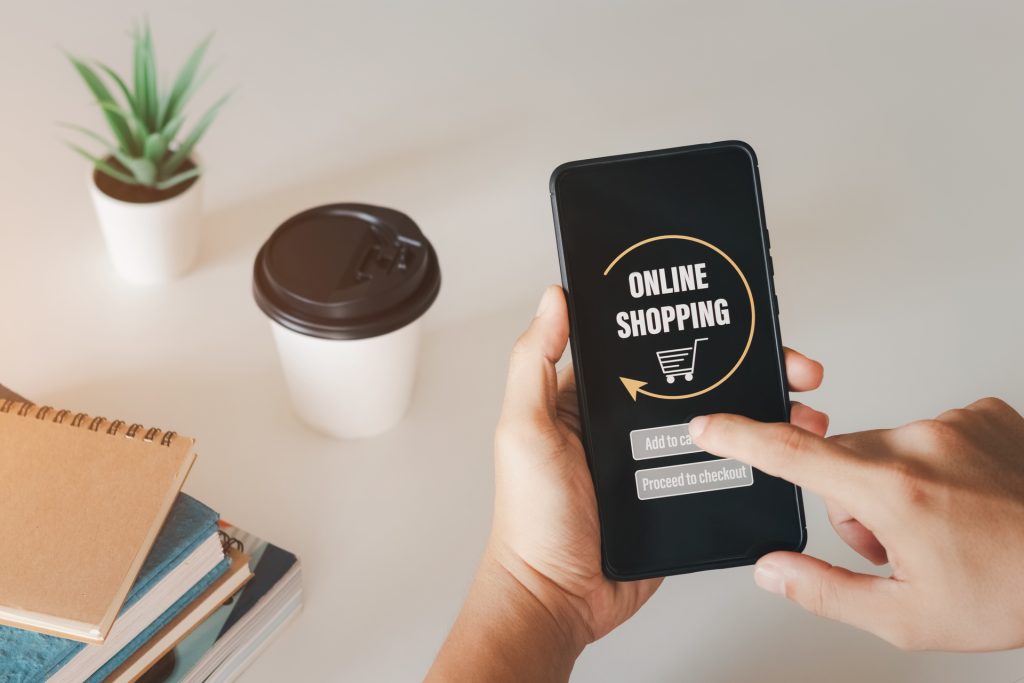Introduction: The Growing Power of Influencer Marketing in the Middle East
Influencer marketing has quickly become one of the most effective ways for brands to connect with audiences across the Middle East. With platforms like Instagram, Snapchat, and TikTok dominating social media use in the region, influencers hold a unique power to drive engagement and influence purchasing decisions.
For businesses, the key to success with influencer marketing lies in maximizing ROI. While influencer partnerships can deliver significant returns, it’s essential to approach these campaigns strategically to ensure you get the most out of your investment.
In this article, we’ll explore how to maximize ROI with influencer marketing in the Middle East, focusing on strategies that deliver results and tips on measuring success effectively.
Why Influencer Marketing is Critical in the Middle East
The Middle East has a young, digitally connected population that spends a significant amount of time on social media. Influencers are trusted voices in these communities, often viewed as more relatable and trustworthy than traditional advertising channels.
Brands that leverage influencer marketing in Saudi Arabia, the UAE, and other Middle Eastern countries can tap into highly engaged audiences and drive meaningful conversions. However, to see a return on investment, brands must carefully plan and execute their influencer marketing campaigns.
Strategies to Maximize ROI with Influencer Marketing
1. Choose the Right Influencers
The success of your influencer marketing campaign largely depends on selecting the right influencers. It’s not just about follower count; it’s about alignment between the influencer’s audience and your brand. Choosing influencers who have an engaged following in your target demographic is key to driving real results.
- Relevance: Ensure the influencer’s content aligns with your brand’s values and messaging.
- Engagement: Look beyond the number of followers. A smaller, more engaged audience is often more valuable than a large, disengaged one.
- Authenticity: Followers trust influencers who are genuine. Choose influencers who have a history of authentic content creation.
- Example: A fashion brand in Saudi Arabia should focus on working with local fashion influencers in Riyadh or Jeddah, who already have an established audience interested in style and trends.
2. Set Clear Campaign Objectives
Before launching an influencer marketing campaign, it’s important to set clear and measurable objectives. This ensures that both you and the influencer understand the desired outcomes and can work together to achieve them. Common objectives include:
- Increasing brand awareness: Using influencers to introduce your brand to new audiences.
- Driving traffic: Directing followers to your website or e-commerce store.
- Boosting sales: Offering exclusive discount codes or promotions to drive conversions.
- Engagement: Increasing likes, comments, shares, and overall social media engagement.
By setting these objectives upfront, you can measure the success of your campaign more effectively and ensure you’re on track to maximizing ROI.
3. Focus on Long-Term Partnerships
While one-off influencer campaigns can deliver results, building long-term partnerships with influencers can significantly increase your return on investment. Long-term collaborations allow influencers to become genuine ambassadors for your brand, which leads to more authentic content and stronger brand loyalty among their followers.
- Example: A skincare brand in the UAE partnering with a beauty influencer over the course of a year can build trust with the influencer’s audience. As the influencer continues to use and recommend the products, followers are more likely to become loyal customers.
4. Leverage Micro-Influencers
Micro-influencers may not have the massive followings of mega-influencers, but their smaller, more engaged audiences often deliver higher conversion rates. Micro-influencers are typically more affordable and have stronger connections with their followers, which can lead to higher engagement and a more direct impact on sales.
In the Middle East, micro-influencers are often viewed as more relatable and trustworthy, especially in niche markets like fitness, beauty, or travel.
- Example: A travel brand in Saudi Arabia might collaborate with several micro-influencers who specialize in local tourism. These influencers may have smaller followings, but their deep connection with their audience can lead to more bookings and inquiries.
5. Create Engaging and Authentic Content
To maximize ROI, the content produced by influencers must be both engaging and authentic. Followers are quick to spot overly promotional content that doesn’t feel genuine, which can negatively impact the campaign.
Work closely with influencers to create content that resonates with their audience and feels natural. Allow influencers the creative freedom to share your product or service in a way that aligns with their content style, while still conveying your brand message.
- Example: A tech brand launching a new smartphone in the Middle East can collaborate with influencers to create engaging “day-in-the-life” videos that showcase how the phone enhances their daily activities.
6. Utilize Discount Codes and Trackable Links
One of the best ways to measure the direct ROI of an influencer marketing campaign is by using discount codes and trackable links. These tools allow you to attribute specific sales or traffic to an influencer’s campaign, making it easier to measure success.
Offering influencers unique discount codes for their followers also incentivizes purchases and drives immediate sales, while trackable links give you detailed insights into how much traffic is being directed to your site from the influencer’s post.
- Example: A fashion brand in Dubai offering a 10% discount code through an influencer’s Instagram post can track exactly how many sales were generated from the campaign, helping to calculate ROI.
Measuring Success: Key Metrics for Maximizing ROI
To fully understand the impact of your influencer marketing campaign, you need to measure key performance indicators (KPIs) that align with your objectives. Here are some of the most important metrics to track:
1. Engagement Rate
Engagement is one of the most important metrics in influencer marketing. Track likes, comments, shares, and interactions on the influencer’s post to determine how well the content resonated with their audience.
- High engagement rates often indicate that the influencer’s audience is genuinely interested in the content and, by extension, your brand.
2. Website Traffic
Using trackable links or UTM codes, monitor how much traffic is being driven to your website or landing page from the influencer’s post. Compare this to your regular traffic levels to assess the campaign’s impact.
- Example: An influencer campaign driving thousands of visitors to an e-commerce store’s website in Riyadh shows that the campaign successfully captured the audience’s interest.
3. Conversion Rate
Beyond traffic, track the number of conversions (purchases, sign-ups, etc.) generated by the influencer campaign. Use tools like Google Analytics to see how many visitors completed a desired action after clicking through from the influencer’s content.
- Conversion tracking is key to understanding the ROI of your influencer marketing efforts, as it ties directly to revenue.
4. Reach and Impressions
Track the reach (how many people saw the post) and impressions (how many times the post was seen) to gauge the overall visibility of the campaign. This metric is especially important for brand awareness campaigns.
5. Sales and Revenue Generated
If your campaign includes direct product promotion, track how many sales were made through the influencer’s posts. This can be measured through unique discount codes or affiliate marketing links, making it easy to calculate the revenue generated.
Conclusion: Unlocking the Full Potential of Influencer Marketing in the Middle East
Maximizing ROI with influencer marketing in the Middle East requires careful planning, the right partnerships, and a focus on measurable results. By selecting the right influencers, setting clear objectives, and tracking key metrics, you can ensure your influencer marketing campaigns deliver real value to your business.
Whether you’re targeting audiences in Saudi Arabia, the UAE, or across the Middle East, influencer marketing offers an unparalleled opportunity to connect with engaged consumers, drive sales, and build lasting brand loyalty.
Looking to maximize ROI with influencer marketing in the Middle East? Contact Deep Reach Business Solutions today to start building successful influencer partnerships that drive real results for your brand.


